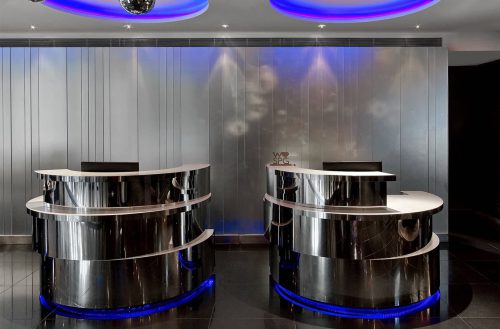Just because your spectacular new stone worktop came from a shop not far from your home, this doesn’t by any means suggest that this shop was its origin. In fact some of the raw material used for worktops can be as much as 500 million years old.
The vast periods of time and immense pressures needed to create these stones and rocks are the reason behind the array of patterns and colour schemes you can find in company brochures and nature alike.
Our planet is capable of creating many different wonders. The immense temperatures and pressures present beneath the Earth’s surface are unparalleled by anything produced by man. Couple with this an ever moving crust and an array of molten materials and the result is a wide variety of naturally produced stone. Each will have different physical properties, such as strength and heat resistance, making them suitable for various applications.
Granite is an example of an igneous rock. This is produced in a process involving molten rock along with a cocktail of precious and complex minerals. When the molten rock moves to a cooler part of the planet (normally towards the surface), it will begin to cool down and solidify. Once completely solid, the minerals trapped within will give the rock a distinctive colour and a unique pattern. The colouring will be dependent on the trapped minerals and the pattern is largely down to the formation of crystals during the cooling process. Once this rock has been cut and polished it will look stunningly beautiful and will be incredibly hard.
Limestone is an example of another common stone known as sedimentary rock. This type of stone does not have the incredible hardness of counterparts such as granite but is still a tough substance. This rock is produced when raw material is “gathered” in a solid state and is then subjected over time to increasing pressure. For example, in broken cliff faces you will see sedimentary rock layers because materials have covered over and therefore increased the pressure on the raw materials below. Sedimentary rock can also be found in river beds and sea beds. Once cut and polished, the stone will have its own distinct and attractive colouring and patterns depending on the raw materials and minerals which were initially subjected to the huge pressures.
Your natural stone worktop has more history than you might have realised. Once cut and polished it is possible to decipher which minerals and materials were trapped during the cooling phase of the stone. Many also agree that nature does a fine job in choosing colour schemes and designing the perfect patterns.
Why not get in touch with us if you’re looking for a natural stone worktop for your home?

